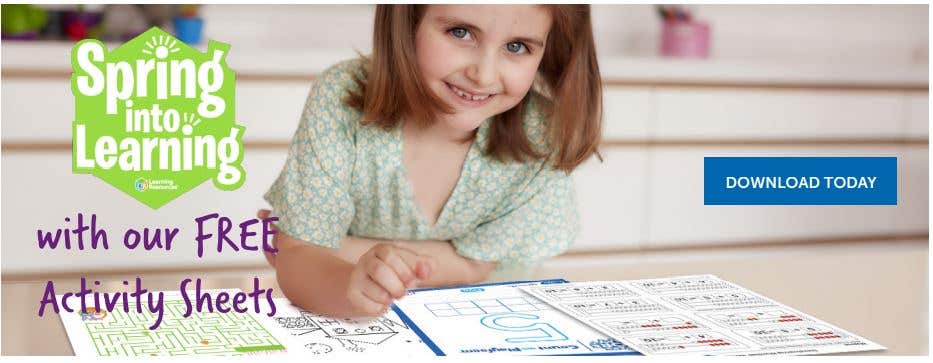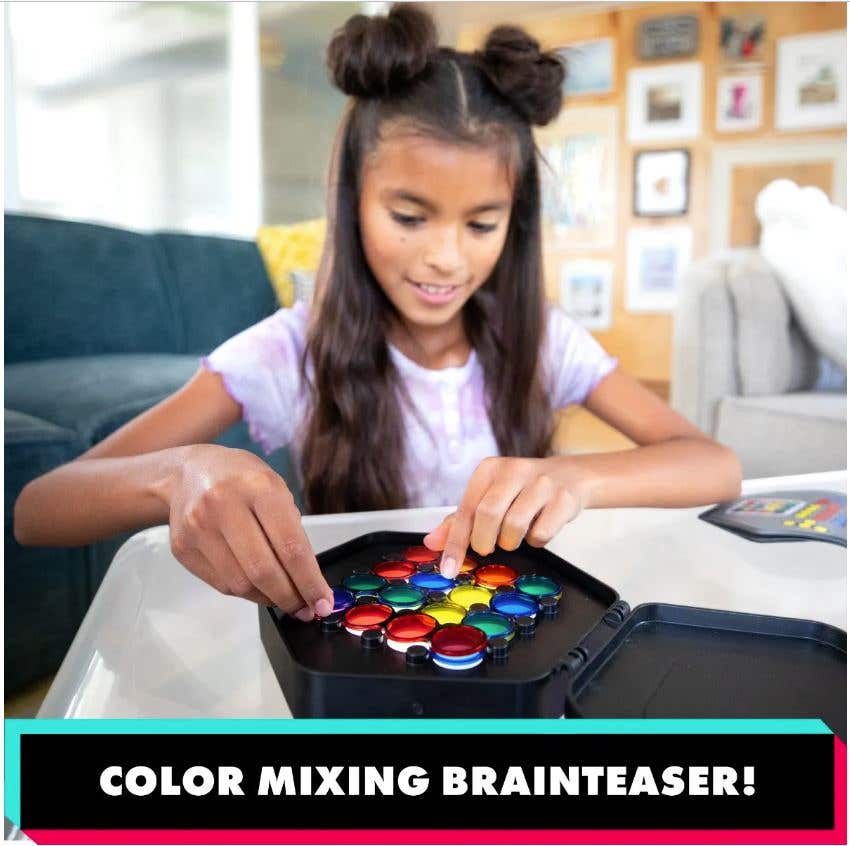
5 ways to unleash their creativity
- EI Editor Posted On May 10, 2016 | Seasonal Fun
Creativity is defined as ‘the use of imagination or original ideas to create something’ and is an essential part of a child’s development. From painting and sculpting to drawing and building, creative play is a process that encourages children to explore all possibilities and try out new ideas. Creating an environment rich with materials that inspire play will provide a safe place for children to unleash their imagination and creativity. The Early Years Foundation Stage state ‘Expressive arts and Design’ as a specific area of a child’s learning development. This learning area is broken down into ‘exploring and using media and materials’ and ‘being imaginative’ encouraging experimentation with colour, design, texture, form and function.We’ve outlined five different approaches to unleash creativity and develop early skills:
1. Music, Movement and Dance
Children communicate through their bodies, and active creative experiences help children to understand how movement can communicate actions and emotions. Combining movements with music is a powerful way for young children to explore their thoughts physically and emotionally.
Activities:
A great activity to encourage this type of creativity is the chant ‘We’re going on a bear hunt’ by Michael Rosen and Helen Oxenbury. Perfect to play whilst discovering the outdoors, children can act out wading through grass, splashing through a river and squelching through the mud as they search for a bear whilst also developing their speech, language and communication skills. Why not take some Jumbo Magnifiers with you to explore your surroundings?


2. Imaginative Play
Imaginative play is a key component of learning. It enables children to make sense of the world around them and to develop essential skills from problem solving to emotional intelligence. Children can take on the role of inventors and decision-makers, creating their own world where they are free to express their feelings and experiment with narratives.Small world play is when children play imaginatively with real-life scenes. This can range from playing with farm animal figures to becoming teachers in a classroom. This type of play encourages children to draw upon their own experiences and extend their vocabulary.
Activities:
- Provide props for small world play at home such as:
- Pretend kitchen utensils
- Soil, stones, seeds and flowers
- Sand, shells, water
- Play animals, leaves, grass
- Play pretend school, encouraging your child to take the role of teacher. This type of pretend play is great for easing anxiety about beginning school.


Pretend & Play® School Set (above left)Jumbo Mommas and Babies Farm Animals (above right)
3. Colour mixing
Children’s natural curiosity will spur them to experiment and analyse colours. A child is constantly exposed to colour, and although at an early age they may not be able to name them they will begin to differentiate between them, noticing similarities and differences. Learning colours is often paired with learning shapes, with many early learning activities encouraging sorting and patterning of coloured counters. These skills can be transferred to learning the differences between the shapes of numbers and letters, building analysing skills that will be useful later in life.


Activities:
- Draw the outline of a rainbow and ask your child to fill it with colour by mixing different coloured paints together or combining materials.
- Start with five different coloured splodges of paint, see what happens when you add in white or black. Does this make a hot colour or a cold colour?


Primary Science™ Colour Mixer(above left)GeoSafari® Jr BugOpticals™ (above right)
4. Sensory Play
Children discover and make sense of the world through their senses. Learning that involves sight, touch, smell, taste and hearing provides children with well-rounded learning opportunities that excite and engage.
Activities
- Create a sensory tray with things such as rice, spaghetti, ice cubes and stones and encourage your child to describe the different textures and colours. Check out this Roald Dahl themed set from Science Sparks
- Try the blind fold test! Set up bowls of different foods such as pasta, raisins and grapes, before tasting them, ask your child to try and work out what they are by using their senses.


5. Building and Sculpting
Building and sculpting provides opportunities for hands-on creativity and problem solving. Open ended construction play experiences build confidence, perseverance and self-esteem, preparing children with the real-world, early STEM-supporting skills necessary to let them take ownership of their learning.This type of play also helps to develop fine motor skills and co-ordination which is perfect for strengthening hand muscles, essential for building handwriting skills.
Activities
- Sculpting their name using different materials such as Playfoam® is a great way to build fine motor skills and practise letter formation.
- Creating models out of household items such as cardboard and food packets has lots of benefits. Children can explore textures and learn the value of recycling by creating a personal object.


Gears! Gears! Gears!® Build & Bloom Flower Garden (above left)Playfoam® (above right)
How can parents encourage children’s creative processes?
- It is important to express an interest in your child’s creative processes and encourage them to talk about what they mean to them.
- Children need to take the lead in creative play, and this can be encouraged by listening and watching your child’s explorations.
- Children will take more risks when they are in environment that feels safe and secure, knowing that you are close by can help them to do this.
- Having an area to display your child’s creative artworks will help to in still a sense of pride and accomplishment and will also allow time to reflect upon the creative process.












